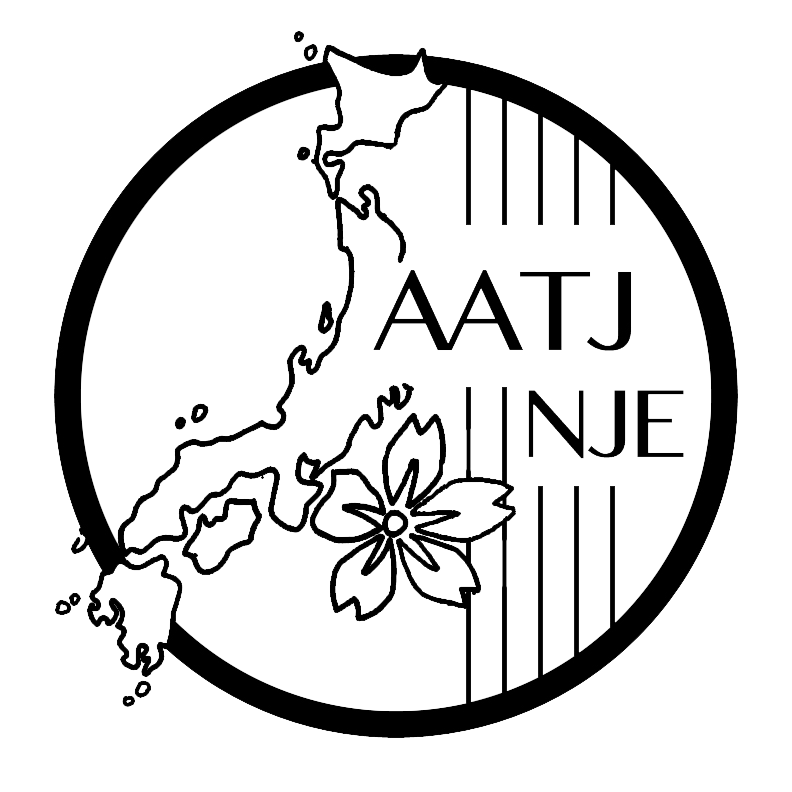The Purposes of the National Japanese Exam NJEの目的
The purposes of the National Japanese Exam are as follows:
- Recognize achievement in the study of Japanese language and culture.
NJEは学習者のこれまでの学習成果と達成度を讃えます。生教材を元にしたテキストや問題がわかる喜びは何よりの達成感となるでしょう。
- Motivate students to further study and explore Japanese language and culture.
NJE utilizes “quasi-authentic” materials to emulate real-world situations and texts in Japanese. Materials are taken from advertisements, announcements, and schedules from Japan, and revised slightly to make them more appropriate and legal to use in a test-taking environment. Being able to understand authentic materials develops learners’ sense of accomplishment and their motivation. NJE is an enjoyable exam.
日本語・日本文化学習のモチベーションを高めます。NJE の試験はquasi-authenticです。つまり実社会、実生活で使われている、いわゆる生教材(広告、放送、メニューなど)を各レベルに適するように、また合法使用となるように若干修正を加えています。実社会で使われているようなテキストが聞いてわかる、読んでわかると学習者の達成感や学習意欲にもつながります。NJEは 受験者が読んで楽しい、聞いて楽しい、受けて楽しいと思える試験であり、そして学習意欲、学習者の自信に繋がる試験です。
- Advocate for standards-based, proficiency-oriented, and content-based teaching and learning of Japanese.
At NJE, we take a step back and ask ourselves the basic question: What is the purpose of teaching or learning Japanese? Sure, grammar, Kanji, and vocabulary are important skills, but mastering those skills is not the goal in and of itself. NJE uses quasi-authentic materials. Students inevitably encounter unfamiliar grammar, vocabulary, or Kanji. This is true in the real world; learners encounter unfamiliar words all the time. The key advantage of our material is that each written or audio text contains strong contextual support. NJE advocates for standards-based, proficiency-oriented and content-based teaching and learning.
スタンダーズベース、プロフィシェンシー重視、コンテントベースのティーチングと学習を奨励します。日本語は何のために教え、そして勉強するのでしょうか。文法も語彙も漢字もどれもすべて大切ですが、その習得が最終目的でしょうか。NJEはProficiency-basedの試験であり、quasi-authenticのものを試験教材として使っているため、授業では未習の文法、語彙、漢字が使用されている可能性もあります。しかし、文脈の中から推測できるようになっており、その文法一つ、漢字一つが分からないと答えられないような問題はありません。 実社会でも見聞きするものの多くには未習項目が含まれます。NJEはその試験を通し、一つの語彙知識、一つの漢字知識のみに理解を左右されるのではなく、現実に近い状況で、未習項目を恐れない力、文脈から読み取る(聞き取る)力を奨励し、また、プロフィシェンシーに焦点を当てたティーチング、学習を奨励しています。
- Serve as a diagnostic assessment of Japanese language skills.
The exam result shows each student’s percent, as well as the scores in different categories such as skimming, scanning, or grammar. Those scores will help teachers provide feedback to their students. The teachers may also use the scores to assess and modify their classroom teaching.
スキル別の評価が可能です。結果は合計点数、正答率のパーセンテージのみでなく項目別(スキミング力、スキャニング力、語彙力、その他)にも表示されるので、学習者の得意項目、弱点がわかります。学習者へのフィードバック、また授業の計画の軌道修正等にご参考いただけます。


